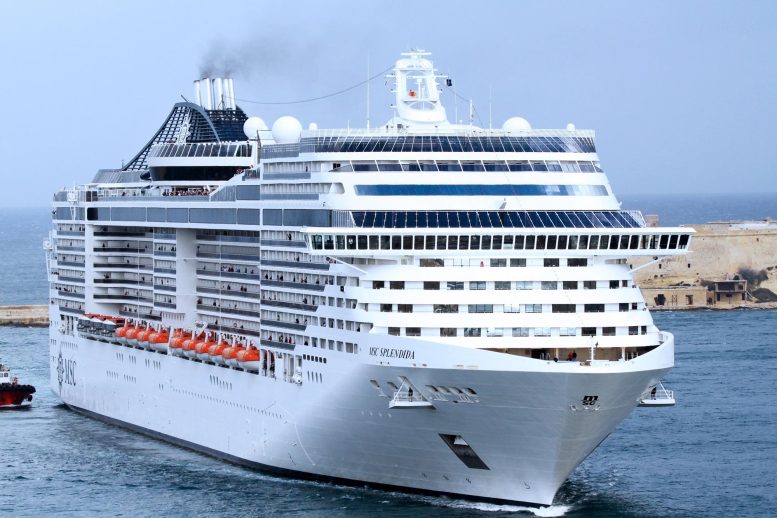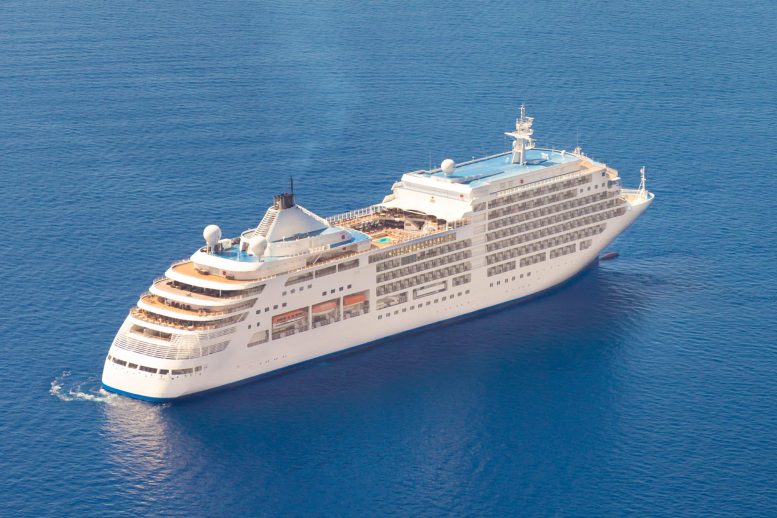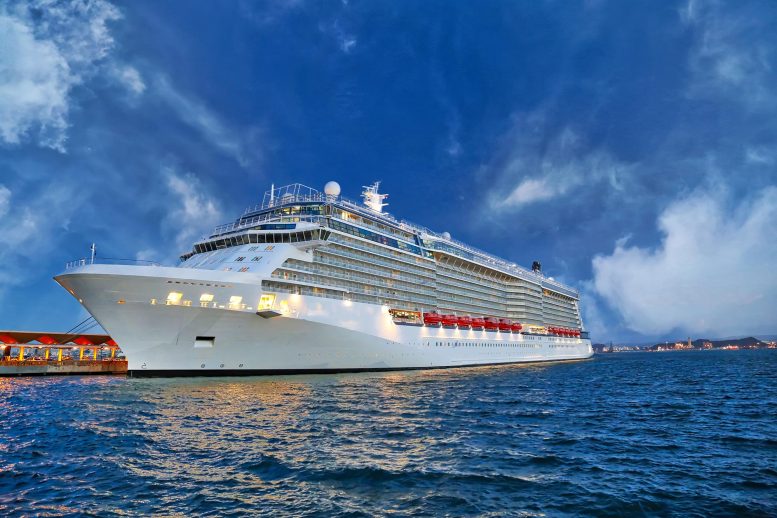
Cruise ships face a surge in Norovirus outbreaks, with the highest number of cases since 2012, highlighting the ongoing challenges of controlling the highly contagious virus in close quarters and underscoring the need for enhanced preventive measures in the cruise industry.
The allure of the open sea, captivating itineraries, and the luxurious promise of a carefree escape have long made cruising a popular choice for vacationers. However, this industry’s lustrous appeal has recently been overshadowed by a surge in outbreaks of a particularly stubborn and contagious pathogen — Norovirus.
Since the start of this year, an unsettling trend has emerged. According to data compiled by the Centers for Disease Control and Prevention (CDC), there have been 13 outbreaks across six different cruise lines. This alarming number marks the highest incidence of such outbreaks since 2012 when there were 16 across eight lines over the entire year.
In light of these recent developments, it’s imperative to explore and understand the nature of Norovirus — what it is, why it’s a recurring issue aboard cruise ships, and its impact on the cruise industry. This article aims to shed light on these matters, unpacking the complexities of the problem, and highlighting the steps that are being taken to address it.
The recent surge in Norovirus outbreaks underscores the necessity of vigilance and proper understanding of this issue, both for those planning a dream vacation at sea and for those in the cruise industry itself. Together, we can work towards ensuring that cruise ships remain a place of relaxation and enjoyment, rather than a breeding ground for this troublesome virus.

Norovirus is a highly contagious virus that causes gastroenteritis, characterized by symptoms like severe vomiting, diarrhea, and stomach cramps.
What is Norovirus?
Norovirus, sometimes referred to as the “winter vomiting bug,” is a highly contagious virus that causes gastroenteritis, an inflammation of the stomach and intestines. Named after Norwalk, Ohio, where the first outbreak was identified in 1968, norovirus can lead to severe vomiting, diarrhea, stomach cramps, and, in certain cases, even more serious consequences such as severe dehydration.
The virus is commonly spread through direct contact with an infected person, consuming contaminated food or water, or touching surfaces or objects contaminated with the virus. One of the main challenges in containing norovirus is its ability to survive on various surfaces for a significant amount of time, making it easy to pick up unknowingly.

The close quarters and shared facilities on cruise ships facilitate the rapid spread of the virus among passengers and crew.
Why is Norovirus a problem on Cruise Ships?
Highly Contagious in Close Quarters
The design and operation of cruise ships often involve large groups of people living in close proximity, sharing dining areas, entertainment spaces, and public restrooms. This makes it easy for norovirus to spread rapidly from person to person.
Quick and Vast Outbreaks
When a single case of norovirus appears on a cruise ship, it can quickly become an outbreak affecting hundreds or even thousands of people. This can happen incredibly quickly due to the confined nature of a cruise ship and the frequency of close interactions among passengers and crew.
Contaminated Food and Water
Cruise ships are known for their vast buffets and dining options. This presents an opportunity for the virus to spread if food or water becomes contaminated, either by an infected person or through improper handling and storage.
Difficulty in Proper Sanitation
While cruise ships have strict sanitation practices, the resilience of norovirus complicates matters. The virus can survive for days on surfaces and is resistant to many common disinfectants, making it challenging to eliminate once an outbreak has occurred.
Interruption of Planned Activities
A norovirus outbreak can cause significant disruption to the planned activities and itineraries of a cruise. Infected individuals must be isolated, common areas may need to be closed for cleaning, and in severe cases, the ship may even have to return to port.

Outbreaks lead to significant operational disruptions, including isolation of infected individuals, intensive cleaning requirements, and potential trip cancellations, which can incur financial losses and damage the cruise line’s reputation.
The Impact of Norovirus on Cruise Industry
Cruise lines have had to invest heavily in cleaning and sanitation protocols, disease detection methods, and passenger education to combat the threat of norovirus. In many instances, outbreaks have led to public relations challenges, decreased passenger satisfaction, and financial losses due to trip cancellations and medical costs.
Moreover, the cruise industry often finds itself under scrutiny following an outbreak, which can affect the public’s perception and willingness to book cruises, ultimately impacting the industry’s bottom line.
Conclusion
The threat of norovirus on cruise ships is a serious issue that has both health and economic impacts. The confined environment of a cruise ship, combined with the virus’s highly contagious nature, creates a significant challenge. It’s crucial for cruise lines, passengers, and health officials to remain vigilant, proactive, and informed to prevent and contain potential norovirus outbreaks.
While the industry has made strides in improving sanitation protocols and disease prevention measures, the threat of norovirus remains a considerable concern that must be continuously addressed to ensure the safety and well-being of all passengers at sea.









Pay tons of money to be crammed onto a petri dish and no way off, no thanks.
Then once you are on board its more $$$ for anything.
I might enjoy a cruise in a small ship with a few people, but having done a trip on a large ship many years ago I found all the hobnobbing with hundreds of other people to be psychologically scream-making ! Far too many humans in one place – no amount of luxury things would compensate for the horror of that, let alone worrying about a virus. So no thanks !